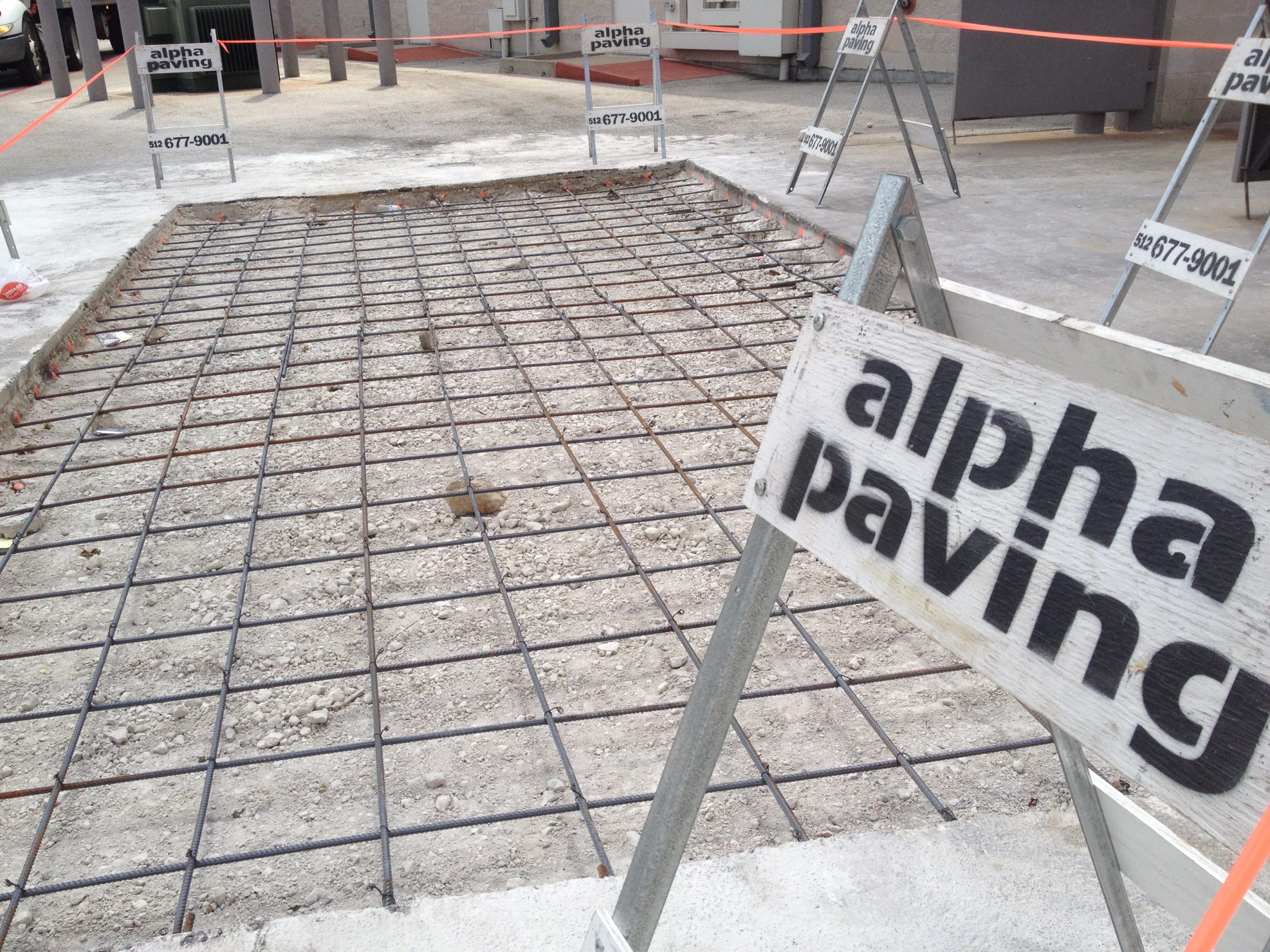

Difference Between Concrete and Cement – Difference In The Two
All About Cement
Cement is essentially a binding agent that can hold other materials together. In modern construction, cement is used primarily as a binding agent in concrete or as a mortar for masonry projects. Cement is sometimes used for stucco, especially in wet climates.
During the early 20th century, cement was sometimes used for paving roads in the United States. However, the long curing time — typically at least a month — led to the adoption of new cement formulas. Portland cement was widely used for bridges and highways during the 1920s and 1930s, but it proved to be unsatisfactory due to its lack of durability.
Today, cement is used to make mortar for securing bricks or stones, affixing tile to floors and walls, constructing swimming pools and in the manufacture of certain building materials, including cement backer board and some types of siding. Colored cement is often used for decorative floors, while white cement is sometimes used for decorative interior panels or columns.
All About Concrete
Although there are many variations, concrete is basically cement, water and coarse aggregates. The earliest evidence of concrete dates to the underground cisterns built by the Nabataeans around 6500 B.C. The ancient Romans made extensive use of concrete; the Coliseum, the Baths of Caracalla, the Pantheon and numerous bridges and aqueducts were constructed from or incorporated concrete. After the Roman Empire fell, concrete technology was lost for almost a millennium, not to be rediscovered until the sometime during the 14th century.
Concrete’s viscosity when first mixed allows it to be molded or shaped in a variety of forms, including arches, domes and vaults. Once it has fully hardened, concrete becomes an extremely strong and durable material. Around 1850, engineers began adding reinforcing steel to improve the tensile strength of concrete, allowing concrete to be used in massive projects such as skyscrapers, the Hoover Dam, canal locks and reservoirs. Concrete is also a popular choice for swimming pool decking, sidewalks, residential driveways, schools, curbs, ADA-compliant ramps, seawalls and concrete parking lots.
Modern concrete is 60 percent to 80 percent aggregate, which is normally a mixture of rocks in a variety of sizes. Less concrete and less water is needed for larger rocks, resulting in a stronger finished product. However, the rocks must fall within specific size ranges and be durable and clean. They cannot contain any clay or other material that will absorb water.
The ratio of water to cement is critical when mixing concrete. If too much water is added, the final product will be weaker, but if too little is added, the mix will be difficult to pour and finish. The mix may also contain additives, such as chemicals to reduce cracking from freeze/thaw cycles, that require additional adjustments to the formula. Therefore, mixing concrete is a job that should be left to the professionals.
If You Need Concrete Services
Alpha Paving is a full-service paving and concrete company serving most locations in Austin and Central Texas. Our crews are dedicated, highly qualified and committed to exceptional workmanship and customer service. Alpha Paving offers concrete services including the construction and repair of parking lots, curbs, driveways and sidewalks as well as ramps and ADA improvements. We also offer parking lot striping, pavement marking and many other services. To request a free quote, complete the online form or call (512) 677-9001.

